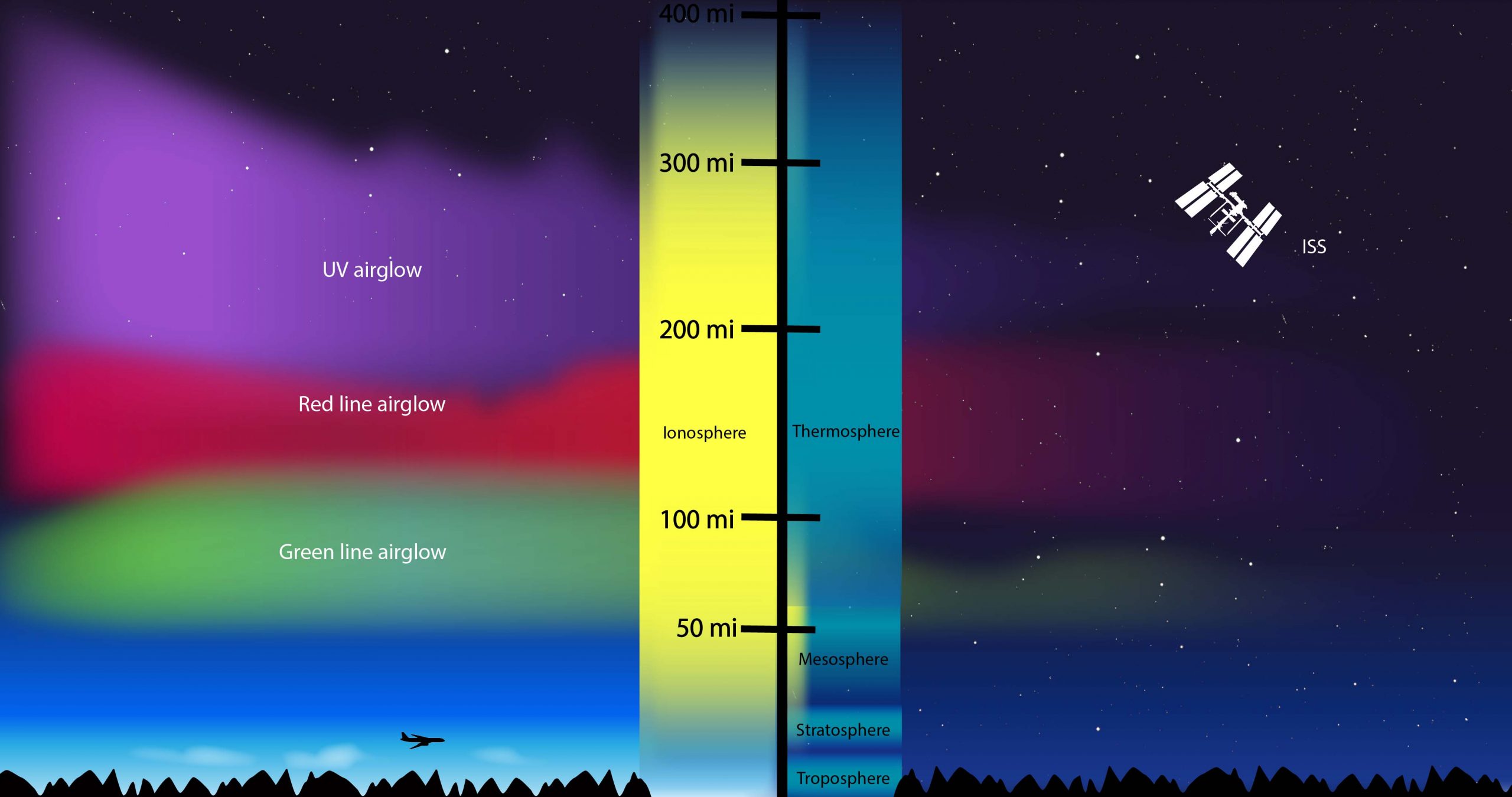
New results from NASA satellite data show that space weather—the changing conditions in space driven by the sun—can heat up Earth’s hottest and highest atmospheric layer.
The findings, published in July in Geophysical Research Letters, used data from NASA’s Global Observations of the Limb and Disk, or GOLD mission. Launched in 2018 aboard the SES-14 communications satellite, GOLD looks down on Earth’s upper atmosphere from what’s known as geosynchronous orbit, effectively “hovering” over the western hemisphere as Earth turns...
Read More








Recent Comments